Now 20 years old, Sundquist Science Complex has helped Austin Peay grow
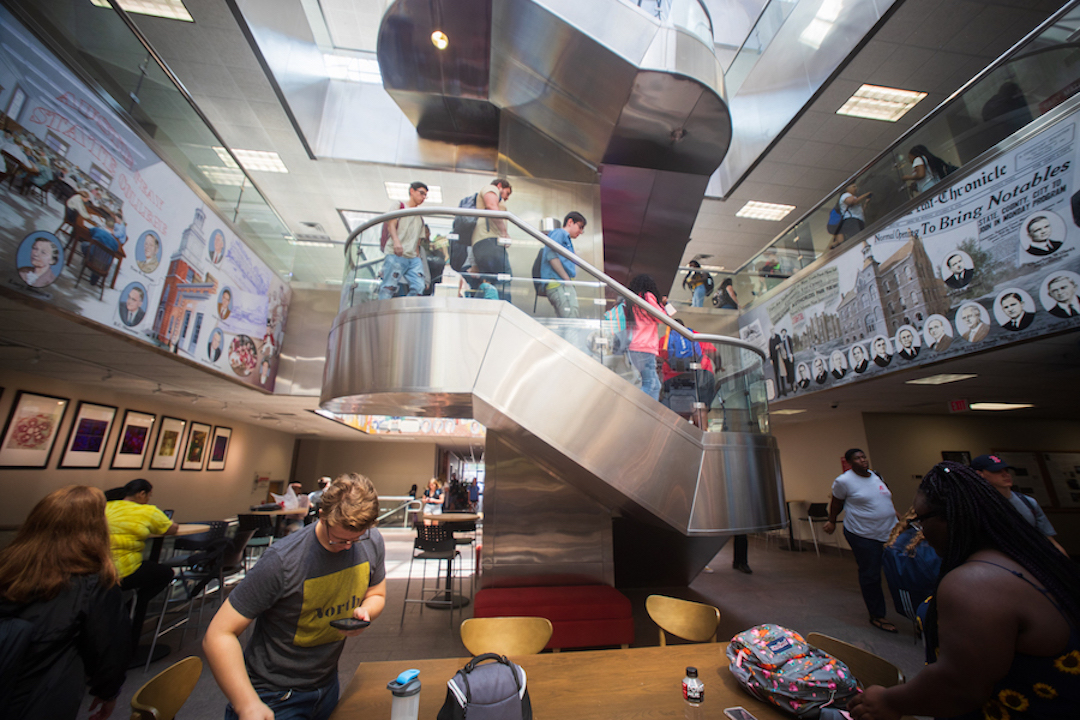
(Posted Thursday, Sept. 23, 2021)
On a cloudless day 20 Septembers ago, spectators shielded their eyes from the sun as Austin Peay State University’s President Sherry Hoppe and Vice President Bruce Speck unveiled a plaque commemorating the opening of the Sundquist Science Complex.
Tennessee Gov. Don Sundquist and his wife, Martha Sundquist, and state Rep. Tommy Head – instrumental in bringing the building to Austin Peay – attended the Sept. 17, 2001, dedication. The ceremony not only celebrated the $38 million structure with state-of-the-art classrooms and labs, modern offices and a towering atrium, but the event also marked a shift at APSU, especially for the departments of biology, chemistry, physics and agriculture.
“I would say we have the best undergraduate science teaching facility in the region,” said Dr. Lisa Sullivan, chair of the APSU Department of Chemistry. “When we give people a tour, they’re always impressed with the facility.”
When Sundquist opened 20 years ago, faculty and students moved from cramped offices and classrooms that lacked appropriate research space. The new building offered them discipline-focused research spaces along with a planetarium, herbarium and greenhouse.
“Just the chemistry department has three times the space that it had in McCord,” said Sullivan, who attended Austin Peay as an undergraduate student in the 1990s before attending graduate school at Vanderbilt University. “We really didn’t have research space in McCord, maybe a closet. Now, we have individual research space that is set apart from our teaching space.”
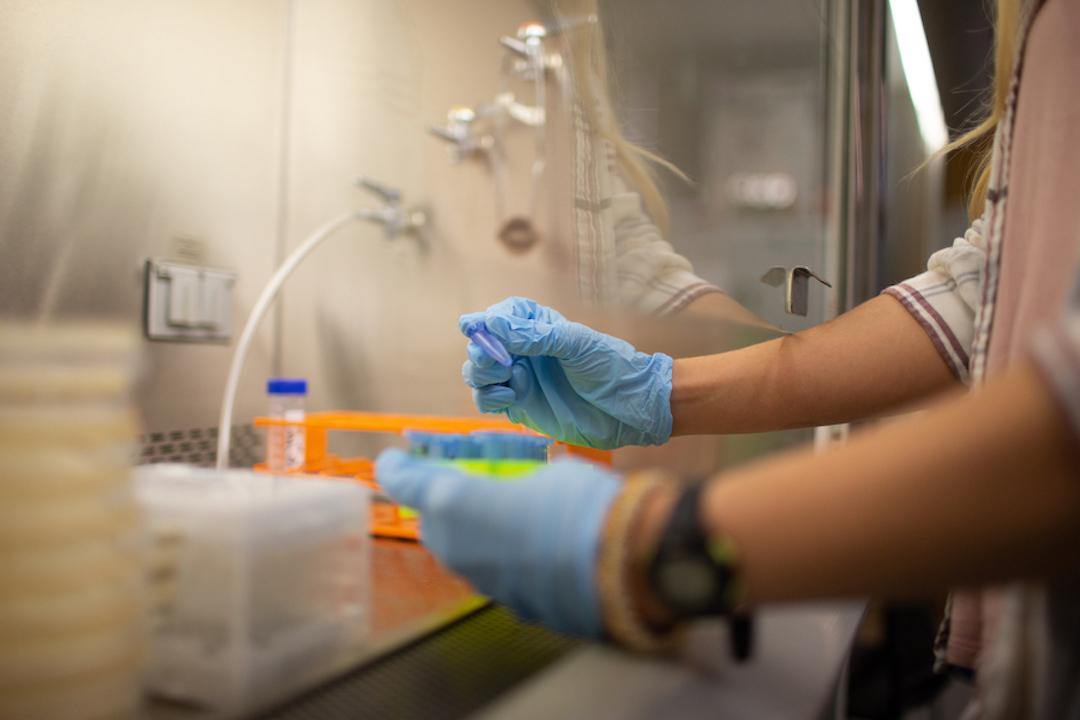
Biology lab in a kitchen classroom
The dedicated spaces in the Sundquist complex changed the game for Austin Peay students and professors.
Dr. Cindy Taylor, a professor in the Department of Biology, started at Austin Peay, teaching in the three-story McCord building from 1992 to 2001.
“The bottom floor was basically physics, and we had some biology offices down there and a little bitty conference room,” she recalled. “The second floor was chemistry primarily, but there was a big lecture room, our biggest lecture room at the time. The third floor was primarily biology, and we did lecture and lab in the same room.
“The faculty’s office was typically in the back of the classroom,” Taylor added. “That building … we offered home economics for training teachers, and the lab we used was also the kitchen for home economics class. They had kitchen sinks, and the students had to put their microscopes around the counter.”
Sullivan recalled as a student smelling the labs in McCord.
“Whenever you opened the doors at McCord, if there was an organic chemistry lab going on, you could immediately smell it,” she said. “That doesn’t happen at Sundquist.”

‘A whole new ballgame’
When Sundquist opened, the building elevated Austin Peay’s teaching spaces past those at Vanderbilt, Sullivan said.
“When I walked into Sundquist, the facility was as good as we had at Vanderbilt,” she said. “Austin Peay actually had a better teaching facility, and the research facility at the time at Vanderbilt was equivalent.”
The top-of-the-line teaching and research spaces had an immediate impact on Austin Peay.
“It’s a whole new ball game,” Sullivan said. “With the facilities we have in this building, we are able to hire faculty that have much greater research outreach and capabilities than we could have ever hired if we’d stayed in McCord.”
A ‘highly research-active’ faculty
Dr. B. Alexander King III arrived at Austin Peay in 2000 and is chair of the Department of Physics, Engineering and Astronomy.
“I have to admit (Sundquist) was a significant perk of the APSU offer at the time – knowing that I would be in a new building in a new year with a new office was exciting,” he said. “It became even more exciting after spending a year in McCord prior to its renovation. We were significantly overcrowded.”
King recalled the physics department at the time having only two classrooms and one research lab that doubled as an upper-level classroom and occasional office space.
Moving to Sundquist, “we were able to secure considerable funding to re-equip our laboratories, and we had actual research labs,” he said. “The number of students we are able to serve in physics, engineering and astronomy classes has increased five-fold.”
The research spaces attracted “highly research-active” faculty that helped Austin Peay become far more competitive in grant funding, he added.
“The change in the culture that (Sundquist) has enabled in the sciences at APSU is immeasurable,” King said.
Sullivan agreed: “It’s allowed for growth. It’s allowed for increased research opportunities. It’s given students better places to study and interact with faculty.”
Sundquist Science Complex tidbits
- The building took eight years to design and three years to build.
- At the time, the Sundquist building’s financing was the most ever approved by the state’s General Assembly for a single classroom building.
- At the dedication, Hoppe recognized several people for helping to achieve “this impossible dream.” In addition to Head and Sundquist, they included Dr. David Snyder, chair of the biology department; Dr. Ben Stone, director of the Center of Excellence for Field Biology; Dr. John Foote, chair of the chemistry department; Dr. Jaime Taylor, chair of the physics department; and Dr. James Goode, chair of the agriculture department.
News Feed
View All News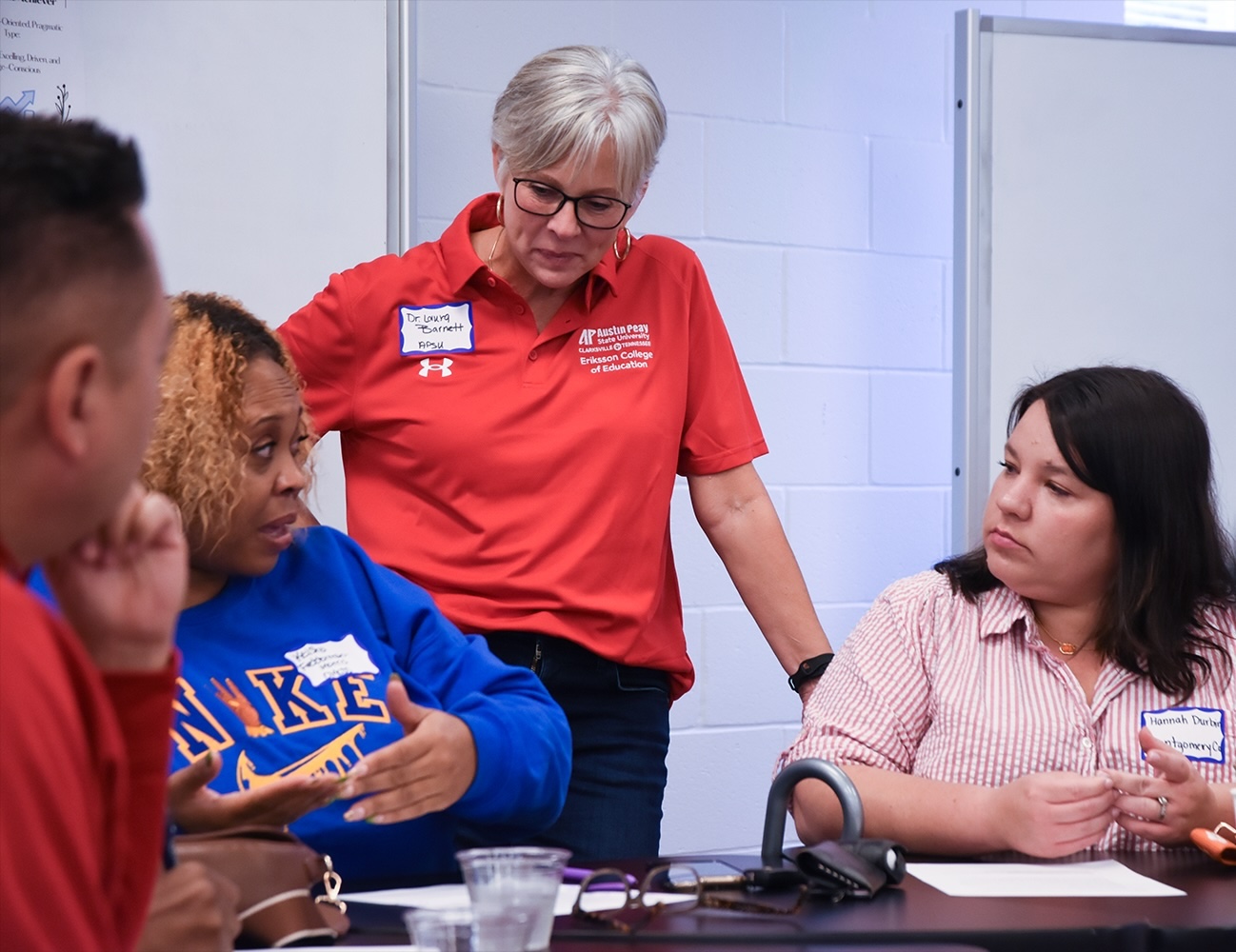
The Eriksson College of Education recently launched Tennessee's first Principal Registered Apprenticeship Program (PRAP), a groundbreaking initiative to train the next generation of school leaders through a federally approved "earn while you learn" model.
Read More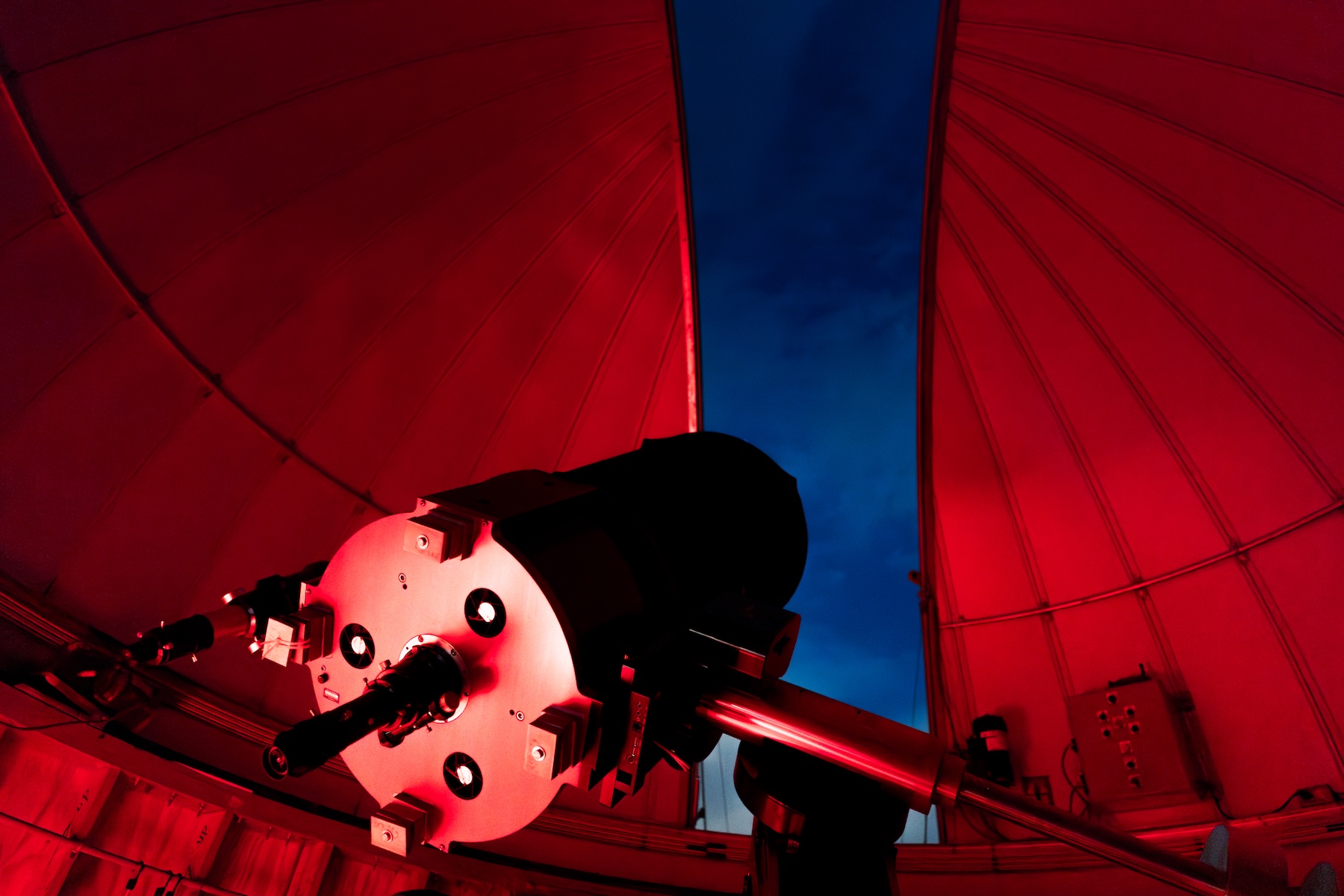
The Department of Physics, Engineering and Astronomy is offering free stargazing opportunities throughout the semester, with the first event scheduled for Jan. 24.
Read More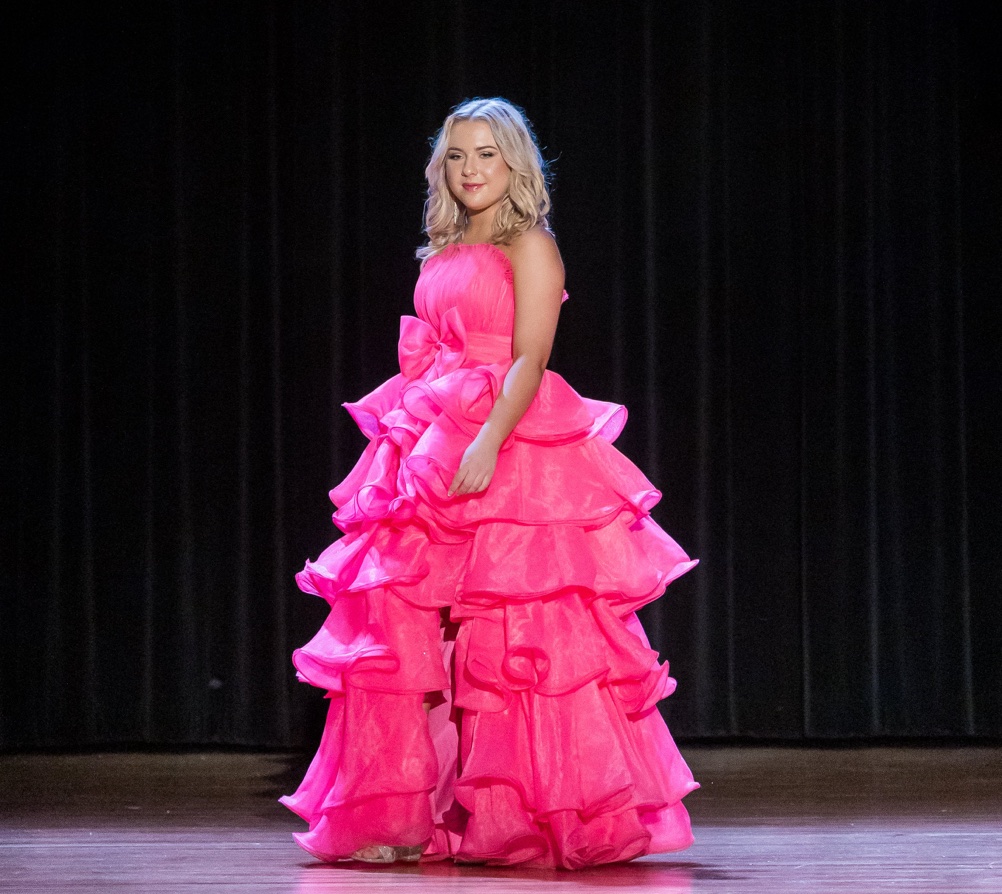
As a first-generation college student originally from Paso Robles, California, Teen Tennessee Petite winner Rylei Johnson is using her time at Austin Peay State University to maximize her impact through community outreach and education.
Read More